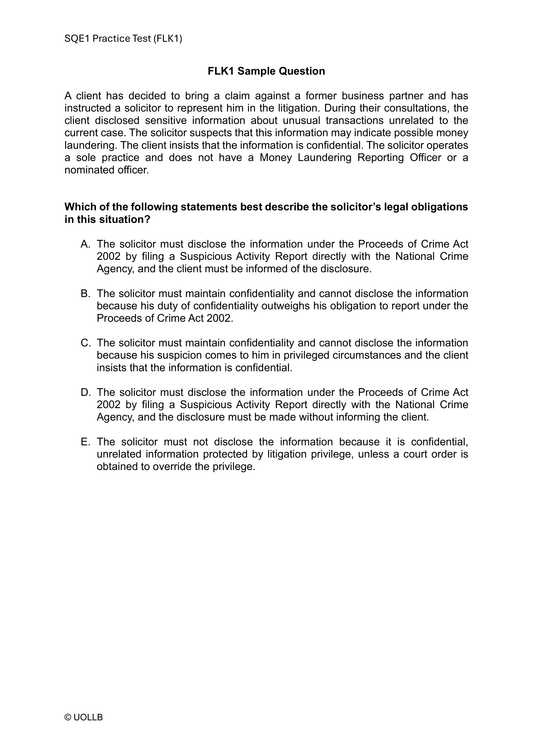Distinction between Offers, Offers in Unilateral Contract and Invitation to Treat
Share
The distinction between offers, offers in unilateral contracts, and invitations to treat is an important concept in Contract Law for determining the point at which a contract is formed and when parties become legally obligated.
Offers: In contract law, an offer is a proposal made by one party (the offeror) to another party (the offeree) that indicates a willingness to enter into a legally binding agreement. An offer must be communicated to the offeree and contain clear and definite terms. It creates an expectation that the offeror is prepared to be bound by the terms of the offer if the offeree accepts it without further negotiation. For example, a person offers to sell their car to another person for $10,000. The offeror clearly states the price and expresses the intention to sell, creating an expectation of a binding contract upon acceptance by the offeree.
Offers in unilateral contracts: A unilateral contract is a type of contract where one party makes a promise or an offer that invites the other party to accept by performing a specific act. In this case, the offeror promises to provide something in return for the offeree's performance, rather than a promise of mutual exchange. The offer in a unilateral contract is seen as a promise to pay or provide something in exchange for the completion of a specified act. The contract is formed and becomes binding only when the offeree completes the required act. For instance, a company announces a reward of $500 to anyone who finds and returns a lost laptop. By performing the act of finding and returning the laptop, an individual accepts the offer and completes the required act, forming a binding contract where the company is obligated to pay the reward.
Invitations to treat: An invitation to treat, also known as an invitation to bargain, is not considered an offer. It is an invitation for others to make an offer to enter into a contract. Advertisements, price lists, catalogs, and display of goods in a store are some common examples of invitations to treat. When someone responds to an invitation to treat, they are considered to be making an offer, and the other party can either accept or reject that offer. For example, a store displays various products on its shelves with price tags. The displayed prices are considered invitations to treat. When a customer selects a product and takes it to the cashier, they are making an offer to buy, and the store can either accept or reject that offer. Another example of an invitation to treat is an advertisement for a sale. When a store advertises a discount on certain items, it is inviting customers to come and make offers to purchase those items at the discounted price. The store can choose whether to accept or reject those offers.
The determination of whether a statement or action is an offer, an invitation to treat, or part of a unilateral contract can be subjective and may depend on the specific context and surrounding circumstances.





























































